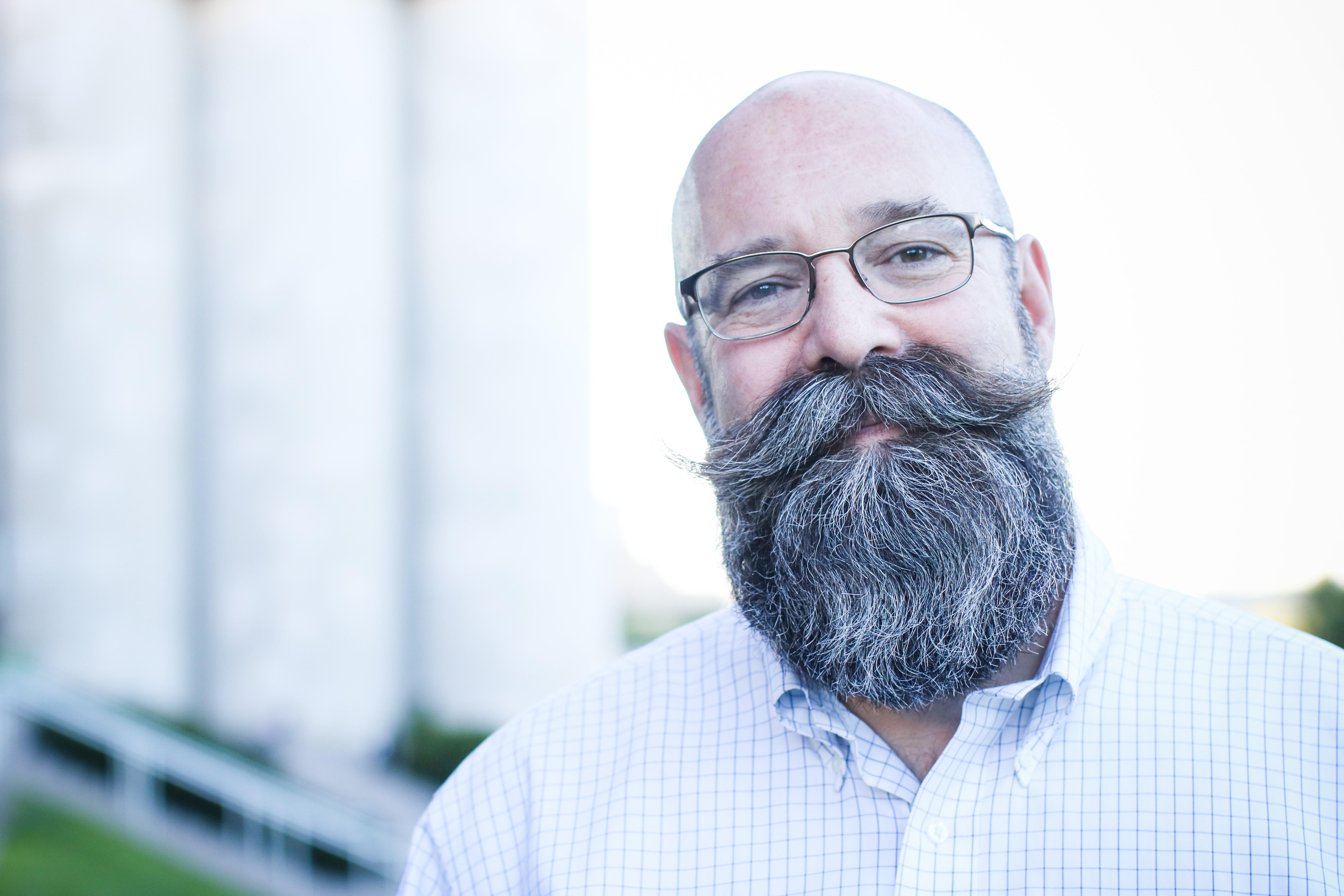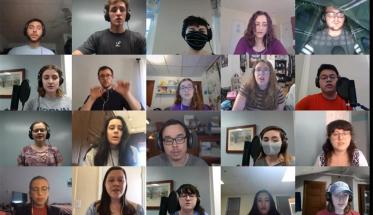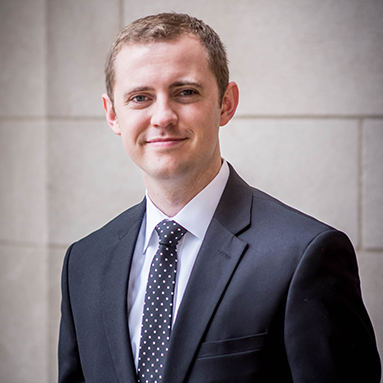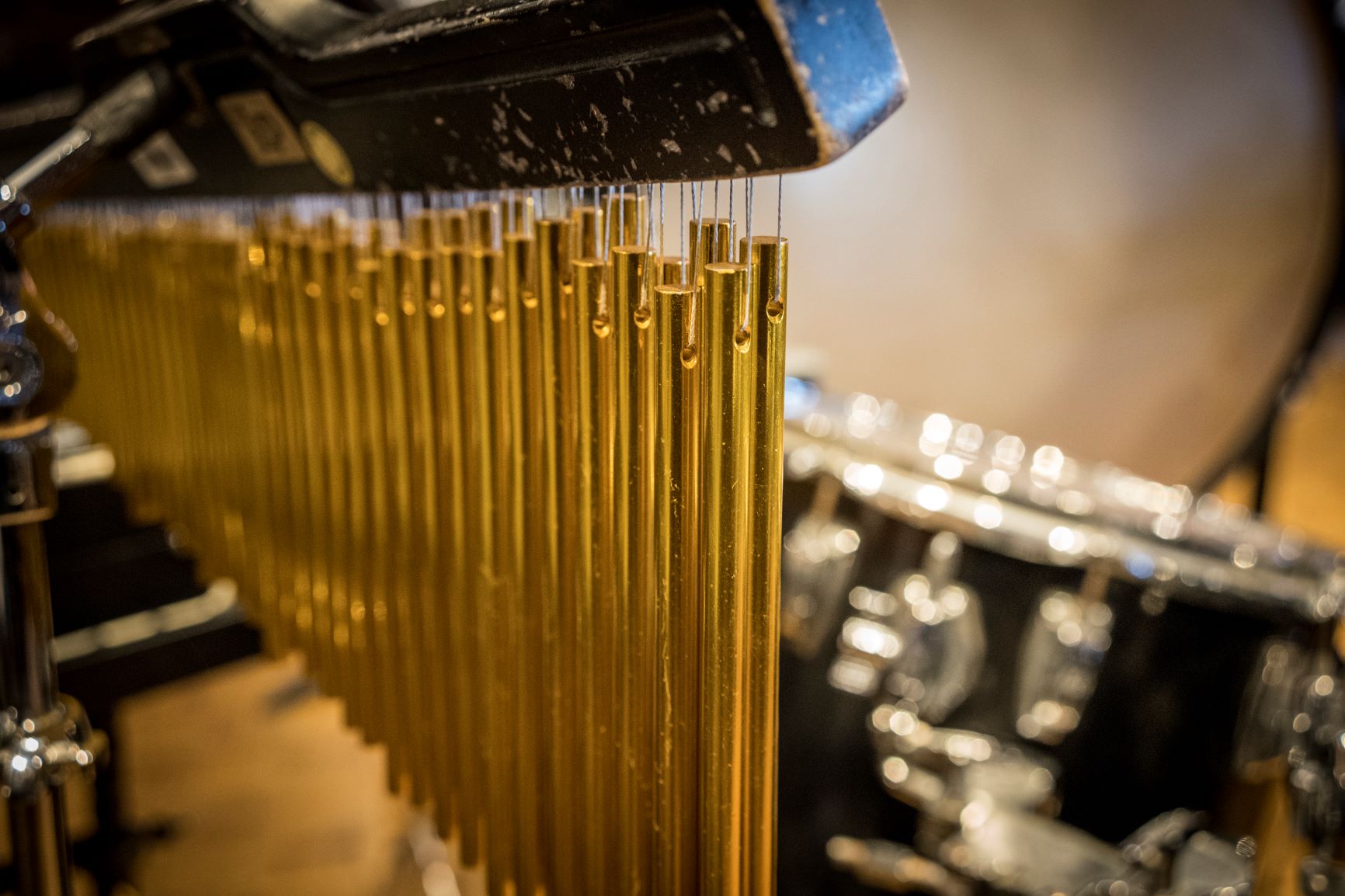Of the many “How do we do this now?” questions that arose from the COVID-19 pandemic, one of the more intriguing was “How do we create a choral production when vocalists can’t be in the same space?”

Students at WPI learn to recognize problems, define them clearly, and break them up into the smallest solvable chunks. So it should come as no surprise that the question was ultimately answered, but what's extraordinary about this case is that the answer came from the collaboration of WPI Glee Club alumni Michael LaFleur ’82 and Anthony Topper ’20, who graduated 38 years apart. The pair may have come from vastly different generations on the Hill, but, sharing a love for WPI, the Glee Club, and music, they developed Songalong––a tool to automate the creation of virtual music performances.
As the 2020 onset of the pandemic forced dramatic changes globally, WPI's music department held fast to its mission to make and share world-class music. Beginning with its annual Choral Alumni Weekend, which invites alumni back to campus for rehearsals and a final performance with students, all music productions were forced to go virtual. Singers recorded themselves at home, and Topper volunteered to combine the individual recordings into a final piece. Although this may sound fairly simple, the actual process was anything but. In fact, the two-minute, 45-second virtual choir video involved a dizzying amount of performance and post-production challenges.
Director of Choral Activities Joshua Rohde explains, “To create the recordings, singers had to sing along with a pre-recorded track played on a computer or phone with headphones. They needed to record a video using another separate device—propped up near the first, possibly with an external microphone plugged into it. They had to prop both devices at head height while standing for good singing posture. They had to fix the lighting, make sure the room was quiet, and find a place to hold their music without blocking the pre-recorded track or the video recording track. And if they managed all that, they then had to sing their individual part of the entire piece without making any mistakes—while trying to smile!”





